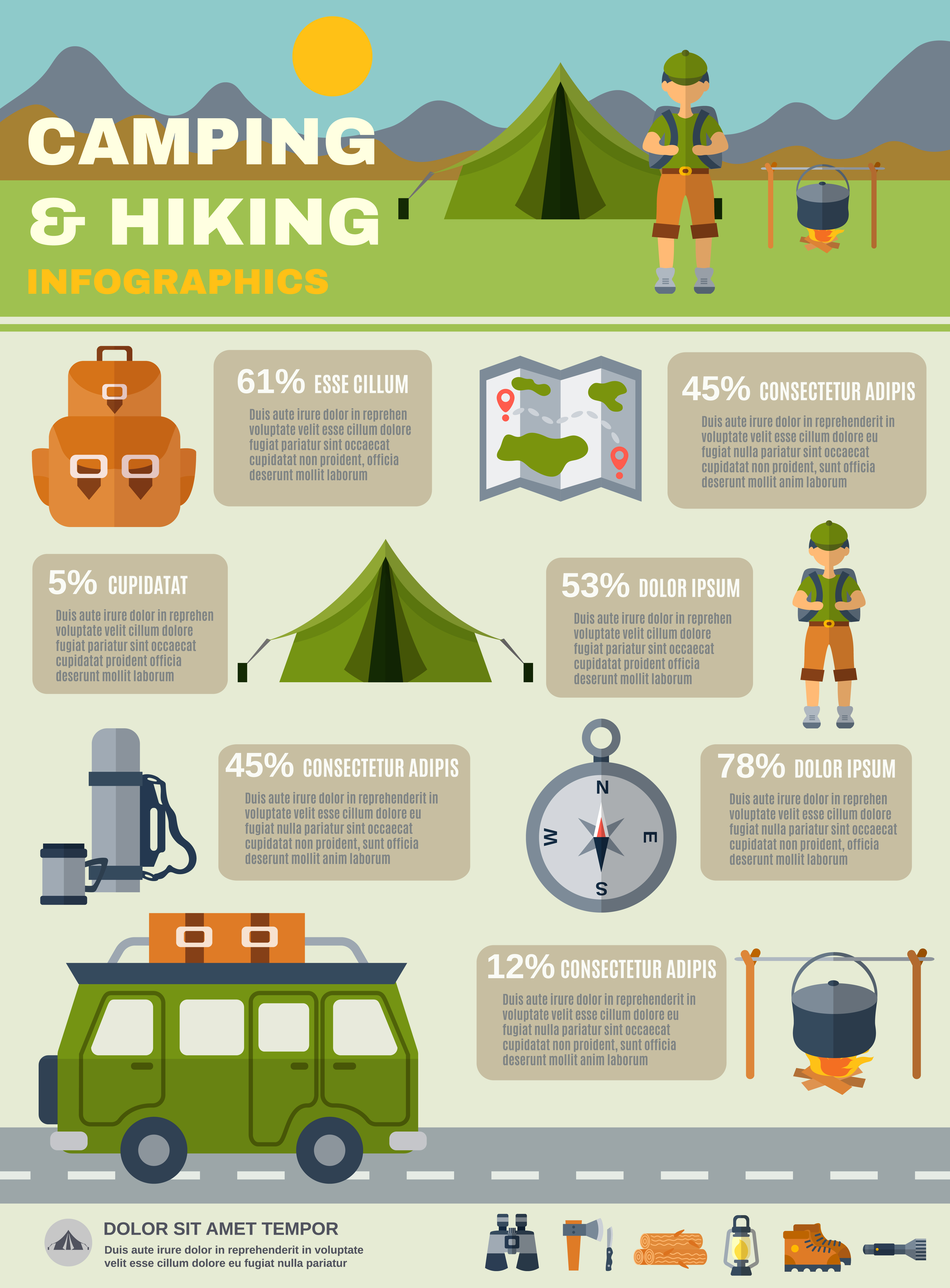A double-wall style that's both breathable and water resistant. They can be much more comfy than single-wall outdoors tents in winter months but can be much less spacious and open up views less.
Made to withstand high winds and lost snow. They might also have thicker posts and extra guylines to enhance rigidness.
Whether you're glamping or backpacking, these outdoors tents can handle a range of winter season problems. They're optimal for those looking for a cozy and warm retreat in the backcountry.
1. Weatherproofing
Numerous outdoors tents include waterproofing that's boosted by polyurethane coatings and resilient water repellent (DWR) treatments. Ultimately, nevertheless, modifications in temperature level and long term direct exposure to sunshine can break down the outdoor tents's safety coatings. Refreshing these with seam sealer or a DWR therapy can aid secure your camping tent from moisture damage and extend its helpful life.
When leaving your tent, make the effort to thoroughly fold and fit each shockcorded pole section right into area. This will protect against excessive anxiety that can compromise or chip the pole areas and cause structural problems when you established camp.
Similarly, utilize the Leave No Trace concept when selecting campsites. Select areas that are free of rocks, pine cones and other debris that can penetrate or abrade the camping tent flooring and fly. Also consider bringing an impact, which is a custom-cut ground cloth created particularly for your camping tent's floor plan and will certainly secure it from dirt, grit, stones and other sharp items.
2. Ventilation
If you are camping in the Everglades' humidity or Death Valley's warm, you need an outdoor tents with great air flow. Air flow is a critical factor in maintaining comfort and eliminating mold and mildew and mildew that can make your outdoor tents unusable.
The ventilation system of a four-season camping tent is designed to eliminate cozy, moist air and change it with cooler, drier air. This air exchange decreases condensation by removing wetness from the air prior to it can pick the walls and ceiling of your camping tent.
To ensure your camping tent has adequate air flow, look for breathable materials and flexible vents. Likewise, boost your tent somewhat off the ground to boost air flow. An additional key element of a good ventilation system is using a cooktop jack, which provides a secure leave factor for your outdoor tents's smoke pipeline to stop carbon monoxide gas poisoning.
3. Livability
While a 4 period outdoor tents might not sleeping bag be the very best alternative for ultra-light backpackers, it is necessary for those planning to camp year-round. Purchasing this type of shelter saves cash on different arrangements and lowers gear turnover. It additionally allows you to explore landscapes at different seasons, opening up quiet off-season experiences and attractive winter surface.
If you choose a durable and large 4 period tent like the KUIU Storm Star 2 or the Samaya 2.0, ensure that it uses appropriate climate protection. This consists of a hardy structure, solid posts and textiles designed to withstand high winds and dropped snow. Try to find joints that are double-stitched and coatings like water repellent, mold & UV resistance coverings that safeguard your investment from the aspects.
Additionally, select a double-wall layout for the best livingability. Single-wall models can be water-proof but have problems with condensation. They can also be also hot for summertime and not well fit to rain.
4. Storage
Keeping your camping tent in a shaded location secures it from the extreme UV rays of sunshine. Long term direct exposure to these rays can deteriorate and compromise the material with time, making the outdoor tents much less sturdy. It's additionally crucial to regularly examine the saved tent for signs of moisture and invasive bugs.
Storage camping tents are commonly more convenient to utilize than long-term frameworks due to the fact that they do not call for any kind of modifications to your residential or commercial property. They also provide the adaptability of moving them around your outdoor area to deal with various storage space demands.
4-season outdoors tents are developed to withstand severe weather. They generally feature stiff structures to stay stable in high winds and thicker wall surfaces to give heat versus snow and tornado winds. They strike an equilibrium in between important features like weather security, weight, and indoor area to fit your certain experience objectives. The NEMO Kunai 2 and Hilleberg Nammatj 2 are both good examples of 4-season tents that stabilize weather condition security, weight, and livability.
